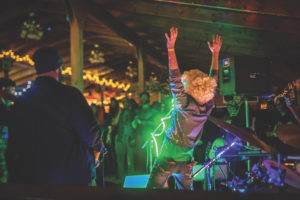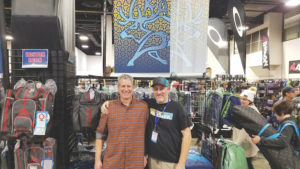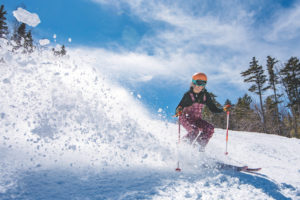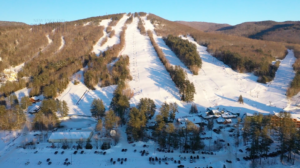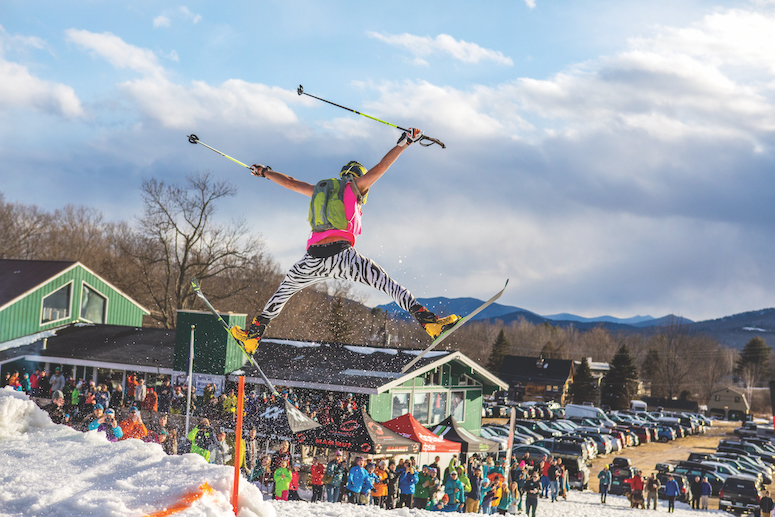
If you’ve looked on social media, read online articles or have been involved with an outdoor community of any kind over the past few years, the increasing popularity of backcountry skiing shouldn’t be a new concept. In fact, it’s not just the backcountry — but skiing uphill, or “skinning,” that’s gaining traction.
Before the first tow rope was introduced to the United States in Woodstock, Vt., 86 years ago, those who wanted to participate in alpine skiing were forced to trudge uphill on heavy skis before making a few turns. Today, as mechanical lifts whisk skiers to the summits of mountains around the world in minutes, allowing maximum turns with minimal effort, some still choose to “earn their turns.” And each spring, Black Mountain in Jackson, N.H., celebrates this return to skiing’s roots by shutting off its lifts and hosting a human-powered ski festival — Wild Corn.
“I don’t know of any other mountain that’s been shut down and used solely as a human-powered zone for a day,” said Tyler Ray, founder of Granite Backcountry Alliance and the Wild Corn event. “It’s totally unique. The initial goal was to celebrate backcountry skiing and corn snow, but it’s also a good opportunity for newer backcountry skiers to operate in a controlled environment.”
While some gain an interest in backcountry skiing and skinning as a response to rapidly increasing lift-ticket prices, others become involved due to the appeal of getting into the mountains or from a fitness standpoint. Regardless of the motivating factor, there is a lot that goes into getting started with skinning and backcountry skiing.
